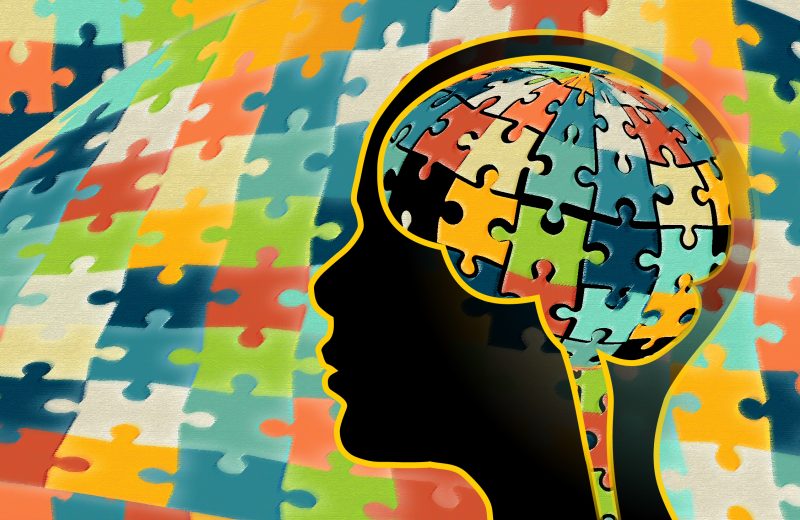Autism spectrum disorder (ASD) manifests itself in early childhood during development. Behaviorally, ASD is commonly marked by challenges with social interaction, motor impairment, and unusual, repetitive behaviors. ASD has been found to be associated with the development of excitatory and inhibitory synapses. The excitatory synapses mature, and the inhibitory synapses develop during the earlier stages of childhood, around the time children are usually diagnosed. Due to this, ASD is correlated with synaptogenesis. Specifically, the synaptic adhesion molecules, neuroligin and neurexin, have often been linked to ASD. When a synapse forms, cell adhesion molecules (CAM) recruit neurexin and neuroligin which then link the two neurons through a heterophilic dimer. Neurexin and neuroligin then lead to the recruitment of receptors and ion channels that establish communication at the synapse. Many mutations of the genes that encode these proteins result in behaviors similar to that of autism in animal models. Neurexin and neuroligin are associated with neuro transmission and synaptic plasticity and may have a role in ASD. The SHANK scaffold proteins function in synapse morphology and function and have also been correlated to ASD behavior. However, the underlying causes of ASD still remain elusive.
But there is evidence that specific genes are linked to activity-dependent neuronal signaling that may be involved in autism. Many of these specific genes have mutations that cause other developmental disorders such as fragile X syndrome, tuberous sclerosis complex, Angelman syndrome, Timothy syndrome, and Rett syndrome. The mechanisms of these disorders may provide insight into the root of ASD.
- Fragile X Syndrome: The mutation of FMR1 leads to decreased expression of the transcription repressor FMRP. The expression of ARC protein increases which acts in removing AMPA receptors causing long term depression.
- Tuberous Sclerosis Complex: TSC1 and TSC2 inhibit the activity of mTOR which typically leads to the expression of proteins, thereby inhibiting protein synthesis. A mutation in TSC1 or TSC2 can impair their function. Similarly, binding of brain derived neurotrophic factor (BDNF) or a mutation in the AKT repressor, PTEN, both of which inhibit the activity of TSC1 and TSC2. This leads to excessive protein synthesis.
- Angelman Syndrome: UBE3A is a ubiquitin ligase, meaning it marks proteins for degradation by the proteasome. In Angelman syndrome, UBE3A function is impaired. ARC protein is one of the proteins marked by UBE3A and because of the loss in functionality, ARC is present at high levels and decreases the AMPA receptors.
- Timothy Syndrome: A certain Ca2+ channel is mutated, impairing channel inactivation which elevates the Ca2+ concentration in the cell. This could inhibit activity-dependent gene transcription.
- Rett Syndrome: A mutation in MECP2, a transcription repressor, causing an imbalance between inhibition and excitation.
All these mechanisms affect activity-dependent signaling, specifically in synaptogenesis and synaptic plasticity, both of which are implicated in ASD. Therefore, these mechanisms may be a starting point for further research into the underlying mechanisms of ASD. This could include researching genes that are associated with ASD that are involved in activity-dependent signaling. Such research could ultimately provide treatment for severe cognitive impairments that are expressed in some individuals on the spectrum.
